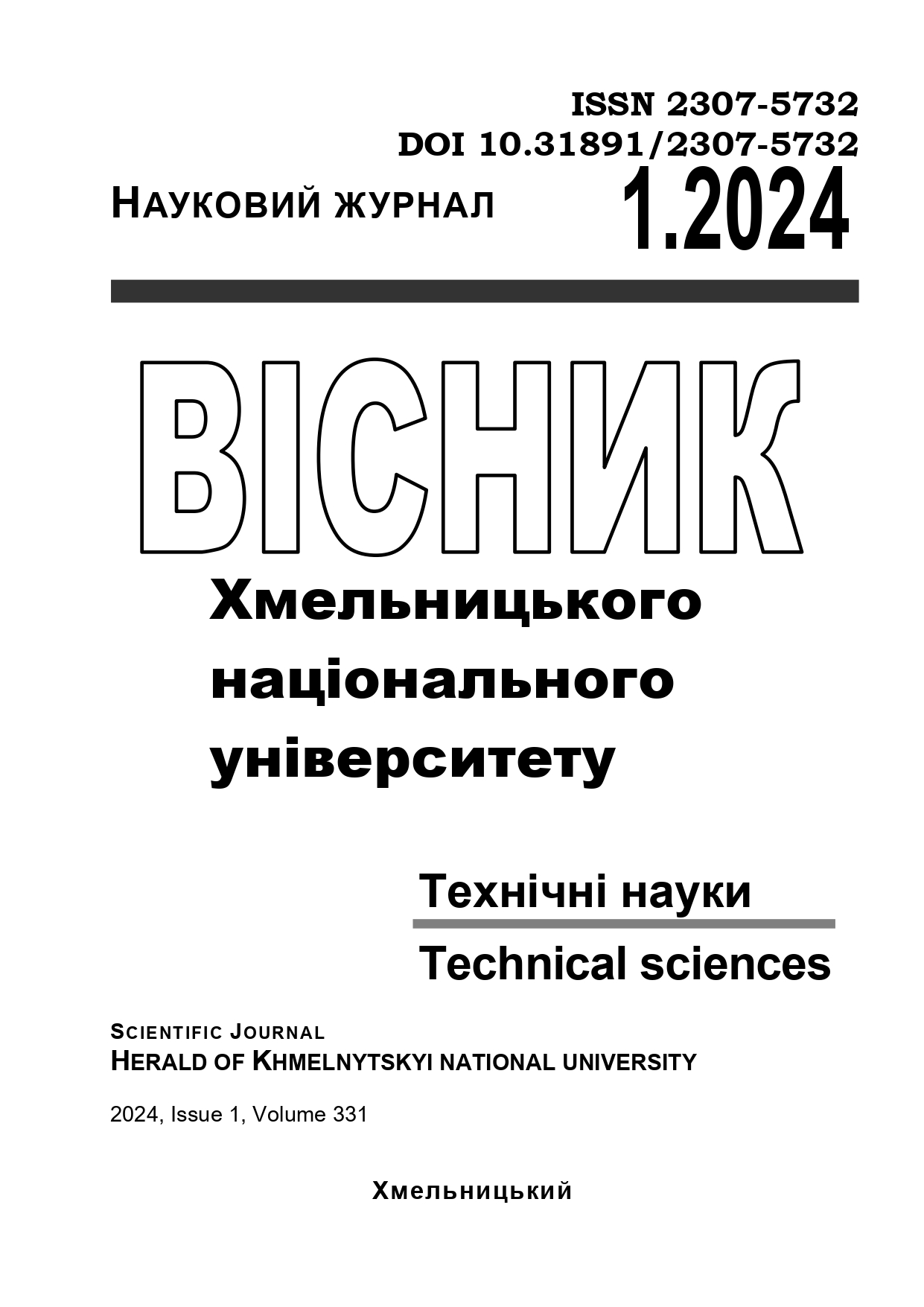УДОСКОНАЛЕННЯ ТЕХНОЛОГІЇ ДЕСЕРТНИХ СТРАВ ФУНКЦІОНАЛЬНОГО ПРИЗНАЧЕННЯ
DOI:
https://doi.org/10.31891/782kkp83Ключові слова:
морозиво, харчова технологія, харчова цінність, вітаміни, мінеральні речовиниАнотація
У статті наведено технологію виробництва, рецептурний склад морозива х низким вмістом лактози. Обґрунтовано доцільність використання у розробленій технології біологічно-активної сировини. Отримано комплекс даних, що характеризує якість розробленої десертної страви, доведено її високу харчову цінність. На підставі досліджень органолептичних показників розроблених зразків визначено раціональну концентрацію дієтичних добавок у рецептурі морозива, що дає розробленій харчовій продукції покращення смакових властивостей та консистенції порівняно з контролем за рахунок використання біологічно-активної сировини. Розроблена технологію морозива з низьким вмістом лактози має підвищений вміст харчових волокон, вітамінів та мінеральних речовин у порівнянні з традиційною технологією. Експериментально підтверджено оптимальне співвідношення компонентів у рецептурі розробленої десертної страви. За органолептичними показниками отримане морозиво відповідає за якістю встановленими нормам. Запропонований спосіб виробництва десерту дозволяє отримати вироби вищої харчової цінності у порівнянні з традиційної технології. Якість готової десертної продукції характеризують органолептичні, фізико-хімічні, біохімічні та мікробіологічні показники, а для однозначної оцінки якості використовували комплексний показник якості. Соціальний ефект впровадження розробленого десерту з низьким вмістом лактози полягає у розширенні асортименту страв для харчування дорослих та дітей з підвищеним вмістом есенційних нутрієнтів, покращеними споживчими властивостями продукції, що сприятиме збереженню здоров’я населення, захисту організму від негативного впливу навколишнього середовища. Розроблена кулінарна продукція може бути рекомендована для харчування людей з частковою або повною несприйнятливістю лактози, у повсякденних раціонах працюючих на виробництвах важкої промисловості, проживають на екологічно забруднених територіях та всіх верств населення.

